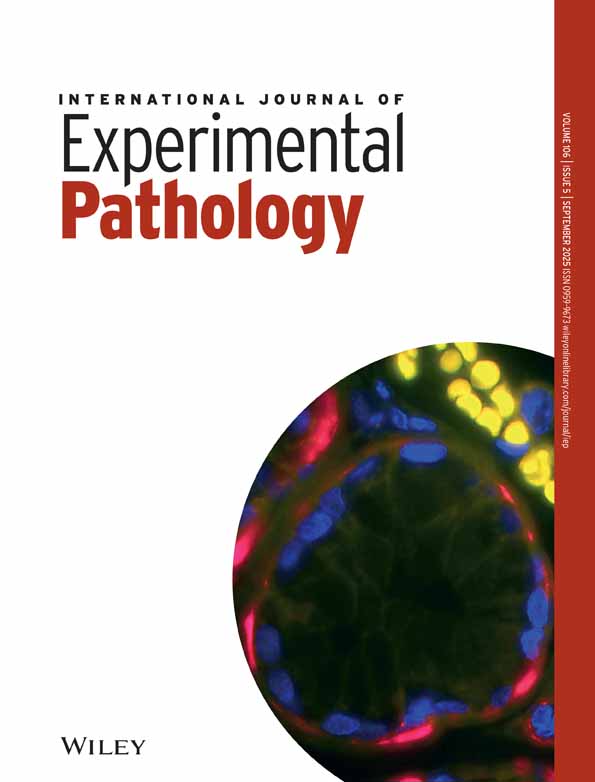Apoptosis is a pathway responsible for the resolution of endotoxin-induced alveolar type II cell hyperplasia in the rat
Abstract
Previous studies showed that intratracheal instillation of endotoxin induces transient type II cell hyperplasia in the rat lung and described some of the mechanisms involved in the proliferative response of type II cells. The purpose of the present study was to investigate how long the type II cell hyperplasia persists and how it is resolved. The portion of epithelial cells in hyperplastic lesions of the rat lung expressing cyclin D1, an indicator for cells in the G1 phase of the cell cycle, was greatest at 3 d post instillation and decreased after 4 and 6 d. The fate of the proliferating epithelial cells was traced by injecting the rats with 5-bromo-2′deoxy uridine (BrdU) 2 d post instillation, the peak time point for maximum incorporation of BrdU. Exfoliated BrdU-positive epithelial cells were detected in the alveolar spaces in tissue sections from rats 4, 5, and 6 d post instillation. BrdU-positive epithelial cells showed flattened nuclei at 6 and 10 d post instillation. Expression of the 116 kD poly(ADP-ribose) polymerase (PARP) was low in type II cells from control rats, and was increased at 3, 4, and 6 d post instillation. In cells obtained by lavage, only a 35 kD cleavage product of PARP was detected, which is an indicator of necrotic cell death. In isolated type II cells from rats 3, 4, and 6 d post endotoxin instillation, progressive cleavage of the PARP to its 89 kD residual fragment was detected, which is a direct evidence for the activation of caspases. Furthermore, apoptotic epithelial cells with condensed nuclei were identified by electron microscopy in rats 4 d post instillation. These results indicate that apoptosis is an additional mechanism for the resolution of endotoxin-induced lung epithelial hyperplasias.




